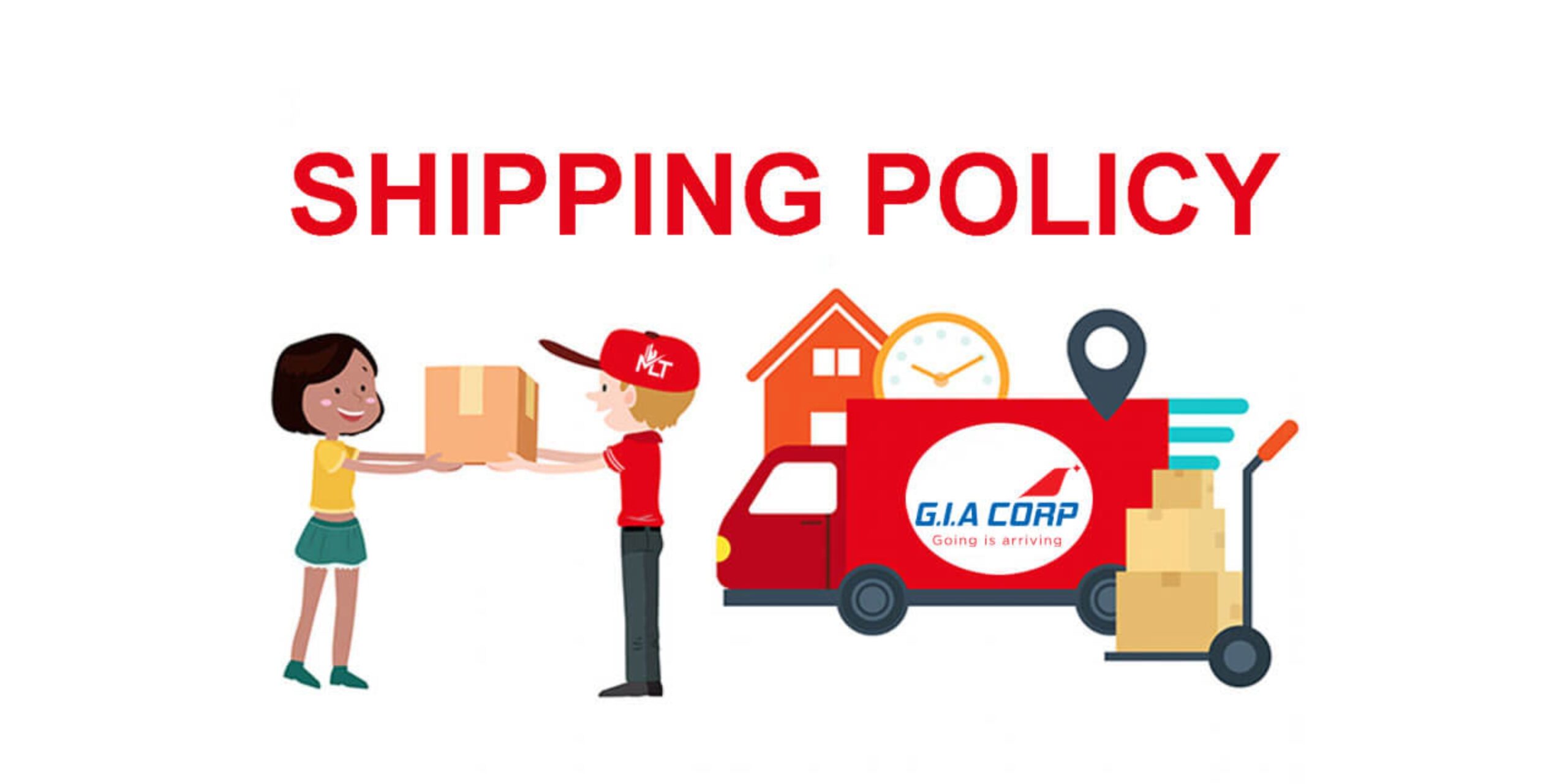
Describe
Description of Shipping Policy
A Shipping Policy is an essential document that outlines the rules, procedures, and expectations regarding the delivery of goods from a business to its customers. It serves as a clear agreement between the company and the buyer, explaining how products are processed, shipped, and delivered. A well-written shipping policy not only ensures transparency but also helps build trust and manage customer expectations.
Purpose of a Shipping Policy
The primary purpose of a shipping policy is to inform customers about how and when they will receive their purchased items. It addresses common questions such as shipping methods, delivery timelines, costs, and responsibilities in case of delays or damages. A transparent shipping policy reduces misunderstandings, avoids disputes, and enhances the overall shopping experience.
Key Elements of a Shipping Policy
A comprehensive shipping policy typically includes the following sections:
1. Shipping Methods and Options
This part describes the available shipping methods (standard, express, same-day delivery, international shipping, etc.). Customers are informed about their choices based on delivery speed and costs.
2. Shipping Costs
Details about how shipping fees are calculated are provided here. It may include:
-
Flat-rate shipping.
-
Free shipping conditions (e.g., orders over a certain amount).
-
Weight-based or distance-based pricing.
-
International shipping surcharges.
3. Delivery Timeframes
The policy should specify estimated delivery times for different regions and shipping methods. For example:
-
Local delivery: 1-3 business days.
-
Nationwide shipping: 3-7 business days.
-
International shipping: 7-21 business days.
It is also common to mention possible delays during holidays or unforeseen circumstances (e.g., weather disruptions).
4. Order Processing Time
Before shipping, orders need to be processed. This section explains how long it typically takes to prepare, pack, and dispatch orders (usually 1-2 business days).
5. Shipping Partners
The policy may list the logistics providers or courier companies the business partners with (e.g., DHL, FedEx, UPS, local delivery services).
6. Delivery Areas
This section clarifies where the company ships to:
-
Domestic only.
-
Selected international countries.
-
Exclusions for certain regions (e.g., remote islands, war zones).
7. Order Tracking
Customers often want to track their shipments. The policy should explain how tracking numbers are provided and where customers can track their orders.
8. Lost, Damaged, or Delayed Shipments
Procedures for handling lost, damaged, or delayed packages are included here. It defines:
-
Customer responsibilities (e.g., reporting within a timeframe).
-
Company responsibilities (e.g., offering replacements, refunds).
-
Insurance coverage if applicable.
9. Receiving Orders
Instructions on how customers should receive their orders, such as:
-
Inspecting goods before signing.
-
Reporting incorrect or missing items immediately.
10. Changes and Updates
The company may reserve the right to update the shipping policy. This section informs customers about how changes will be communicated.
Benefits of a Shipping Policy
A clear shipping policy benefits both the business and its customers by:
-
Setting realistic delivery expectations.
-
Minimizing complaints and disputes.
-
Enhancing customer satisfaction and trust.
-
Improving operational efficiency for logistics teams.
Conclusion
In summary, a Shipping Policy is a vital part of any e-commerce or retail business. It outlines how products are delivered, the costs involved, and how potential issues are handled. A well-structured shipping policy reflects professionalism, builds customer confidence, and contributes to a seamless shopping experience.
